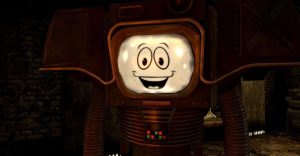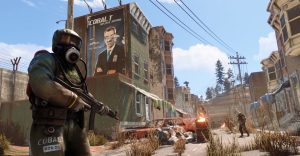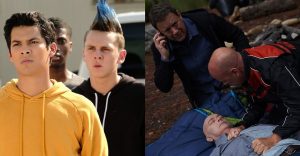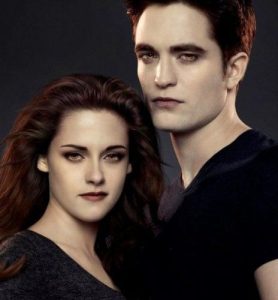Berserk’s Boldest Choice Was Choosing Hope Over Revenge at its End
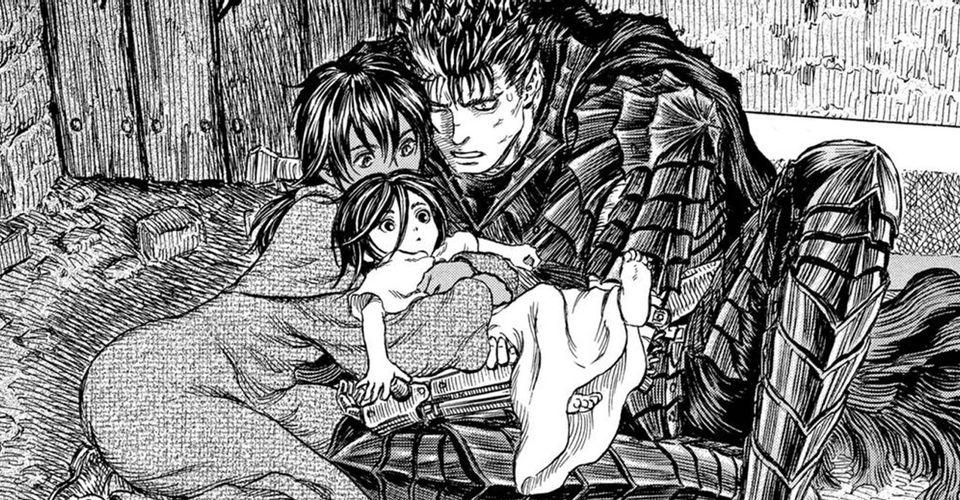
Warning! Spoilers ahead for Berserk chapter 364!
The untimely death of legendary mangaka Kentaro Miura brought his epic manga Berserkto an abrupt halt, but the way in which his assistants concluded what eventually became his final chapter stays true to the direction Miura was headed in a stunning way: By embracing hope.
Before his passing, Miura hinted that Guts had surprisingly begun the process of relinquishing his hatred of Griffith. Guts even felt surprised when he realized some feelings concerning his former friend still festered deep inside him. This was a monumental admission because the entirety of the series revolves around Guts’ quest for vengeance. Griffith had been Guts’ best friend, but sacrificed him, their friends, and Casca so he could achieve his dream even though all of them had devoted their lives to help him meet that end.
But it shouldn’t be surprising that Gut’s hatred is fading. After Griffith sacrifices everyone, Casca is left in a near-catatonic state and remains that way until chapter 355 when she finally “awakens.” The one constant that had been in effect since the manga’s beginning had ended at that moment. Even though Griffith is still alive and slowly reclaiming the world, Casca is back. When Guts admits his true feelings concerning Griffith, he still hadn’t restored Casca. Upon her restoration, it is implied that Guts’ hatred for Griffith greatly diminished. Even though Miura never had the chance to have Guts confirm this, the mysterious Skull Knight, a godly being that had been aiding Guts in his ongoing quest at various intervals, tells the war-torn hero that he is reaching the end of his journey. Here are all of the ways that Miura’s assistants attempted to end that journey within the span of one chapter.
The curse of a hateful father

Guts’ suffering began long before that fateful day he crossed paths with Griffith. It can be traced back to the moment of his birth when he fell from the dangling corpse of his mother who had been hanged on suspicion of witchcraft. His adoptive father, Gambino, treated Guts with contempt, made abundantly clear by the grotesque name he bequeathed his son. Gambino cared so little for his son that he even despicably sold Guts to preying men whenever he was in dire need of money. After enduring such trauma, Guts always recoiled and reacted violently whenever anyone touched him.
Yet Guts can be seen in the closing chapter playing with the so-called Moonlight Boy, a reticent child believed to be his son who mysteriously appears during the full moon. It’s a touching scene where Guts displays warmth and affection to someone other than Casca for the first time and acts like a normal father. It would have been understandable if Guts’ horrific childhood prevented him from expressing such compassion, and yet, the chapter presents him as a man who can be a loving parent.
Long before this final chapter, Miura already proved another way in which the antihero Guts overcomes the shadow of his father’s abuse. The moment transpires in chapter 329 during the manga’s first and only flashback since the Golden Age arc. Although the majority of the story centers on Guts’ relationship with a mercenary named Martino and a fairy, there’s a moment when Gambino warns a younger Guts to not trust anybody on the battlefield and that following others will get him killed. Despite what happens later, especially when Griffith betrays him, Guts lets go of his father’s words by forming a new troupe of friends.
Moving Beyond a Mind-Altering Assault

The most powerful image in Berserk‘s final installment is clearly the way in which Miura’s assistants altered how the final scene was originally meant to play out, as Miura had never intended chapter 364 to be his last. He had clearly planned for it to end as a cliffhanger with Griffith somehow appearing to Casca and Guts in tears. But now the scene is portrayed as Casca’s salvation with Griffith’s image used as a way to reiterate her redemption. That redeeming moment takes the form of a dream. Although it’s more akin to a nightmare, Casca not only refers to it as a dream but thinks back on it warmly before it fades from memory.
On the surface, the dream is told from the perspective of the Moonlight Boy. The warmth of Casca’s loving embrace protects him from encroaching demons in the final chapter, allowing him to believe there’s nothing out there except a night that’s warm and familiar. But what’s truly remarkable is that Casca recalls this dream positively, even though it was obviously represented the horrors she was subjected to during the Eclipse. This creates the impression that she will be able to look back on her life, even the worst moments, and find beauty in them. But the most hopeful image is how everything from her dream disappears. Although portrayed fondly, the ability to forget is important, especially since her words are juxtaposed against an image of Griffith, evoking the idea that the memory of him and the trauma she endured will fade. How she describes this phenomenon as “a single teardrop, like the morning dew,” can be interpreted as a time of renewal that promises a new day.
The Power of Dreams

Miura explored the profound effect that dreams and traumatic memories have on a person’s psyche when the young witch-in-training Schierke and her disciple Lady Farnese journey into the Corridor of Dreams for Casca. Upon their arrival to Elfhelm, the two travelers perform a ritual that allows them to explore Casca’s dreams to help restore her mind in chapter 347 of Berserk. They soon discover that their mission is to find the scattered memories lost in her mind. Each memory they stumble across leads to a shattered piece of Casca’s psyche that resembles a small Casca doll. In chapter 354, Farnese and Schierke discover that the final piece is a heart covered in thorns because even though they are restoring Casca’s sanity, they risk Casca having to relive the horrors that caused her to lose her mind in the first place.
Casca wrestles with her memories once Farnese and Schierke restore her sanity. In fact, Casca’s trauma is so pronounced that when she lays eyes on Guts, she is instantly reminded of what happened to her and falls into a state of terror. However, Casca’s dream in the final chapter proves that she is able to view her nightmarish memories pleasantly through the eyes of the Moonlight Boy. Instead of reliving the horrors of that night, all she remembers is warmth and familiarity. When she awakens, all of the negativity is forgotten.
Even though she receives a thorny heart, Casca proves she is able to remove the thorns and that she can start a new life with Guts and their supposed son. She will also one day be able to look into the eyes of her beloved Guts without succumbing to severe fits of panic. More importantly, she is no longer a victim, for she has been victimized by Griffith for long enough. And together, she and Guts won’t let vengeance consume them, even though it has dictated Guts’ existence for years and despite Casca literally losing years of her own life due to extreme trauma. It’s a hopeful message that fans never imagined mangaka Kentaro Miura would have ever planned when he first transported readers to his dark, dismal world of Berserk so many years ago.
About The Author











